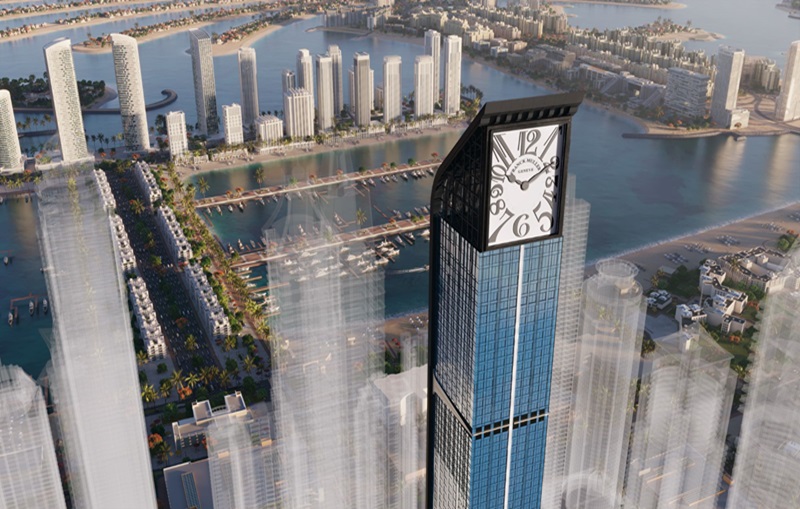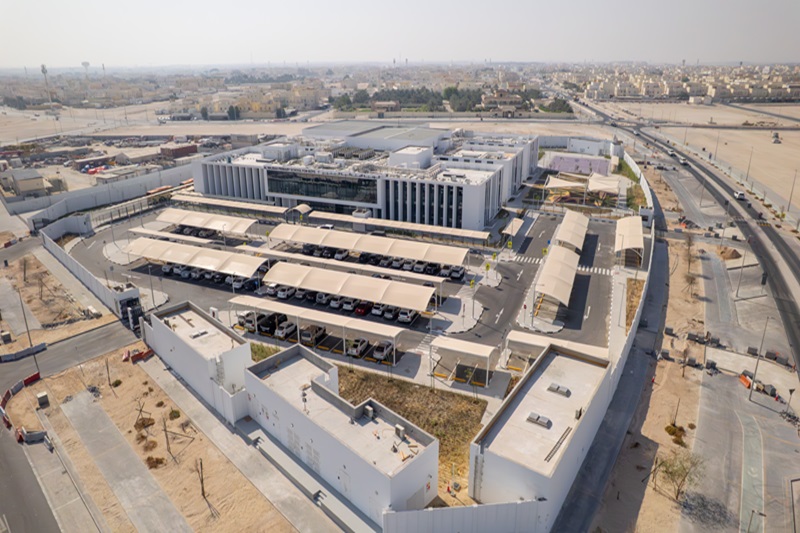
Community living is one of the greatest sociological experiments of our time. Nowadays, it’s become a great challenge to ensure that all the building's condition and quality are at the top so that their serviceability could be maintained and can fulfil their function requirements.
Deferred maintenance is the single greatest cause of increased service charge, high insurance premiums and legal costs, declining property values, and resident complaints. Owners pour dues into their Owners Association year after year to preserve and increase return on investment. Instead they find that property values remain flat, even in an upward-trending real estate market, when properties defer maintenance.
What is “Deferred Maintenance”?
Deferred maintenance is the practice of postponing maintenance activities such as repairs on both real property (i.e. infrastructure) and personal property (i.e. machinery) in order to save costs, meet budget funding levels, or realign available budget monies. The failure to perform needed repairs could lead to asset deterioration and ultimately asset impairment.
Deferred maintenance – waiting for future budget or funds to become available – can create costly consequences and increase the chances of significant problems down the road.
Why building maintenance Is often deferred?
The main reason for deferring maintenance, as explained above, is cost. Not the costs that will be incurred due to putting it off, but rather the money required to maintain and operate a building at the intervals it requires.
A secondary issue is that good maintenance routines are not always so easy to achieve. Teams might not have the right access to and information on systems they are repairing, which can make it easier just to avoid the situation entirely. Also, timeliness is an issue. Even if the money and access are there, they might feel swamped, like they already have too much to do. If people don’t understand the high cost of deferred maintenance, this kind of thinking is likelier to hold sway.
Costly mistakes of deferred maintenance
- Extensive, long-term costs
- Reduced equipment efficiency
- Entire system failure
- Safety and health risks to occupants
- Possibility of fines from a regulatory agency
- One problem can escalate into larger problems
- Less preventive maintenance equals a shorter life cycle
- Emergency repairs are more costly than planned repairs
- Deferred maintenance can cause more downtime
- Deferred maintenance compounds at 7% a year
- Project waste comes with a wait
What can a Community Manager do?
Community managers must first begin administering their Owners Association away from a reactive stance and into a proactive one. Addressing deferred maintenance should be a critical focus area. Managers who practice routine maintenance can save on costs and prevent potential life-threatening situations.
- Set aside some funds for when you anticipate the work to be completed. There is always an associated cost when you defer maintenance.
- Routine inspections, regular maintenance, and other programs will ensure your equipment and building is working correctly.
- Preventive maintenance will help the equipment perform better. Schedule routine maintenance for best performance.
- Review and monitor those systems that are close to the end of its cycle to avoid complete system failure. Identify and monitor the older systems with a "watch list." This should help reduce the need for emergency repairs, which can cause business disruption.
- Different types of buildings have varying standards and regulations to follow. Clear objectives should be set in place and resources allocated should be proportional to the level of risk.
- Less preventive maintenance on systems shortens their life cycle by as much as one-third. By performing the required maintenance suggested by a manufacturer, it will extend the life of the equipment.
- Planned maintenance will take less time than unexpected repairs. Prioritize the repairs in your Building.
- When your facility can foresee and plan projects, you can negotiate better deals, lowers costs, and purchase in bulk.
- Keeping up with best practices, compliance, and not deferring maintenance will keep most facilities out of trouble. Be proactive by knowing what's required and what could happen if something goes wrong.
Investing in preventive maintenance makes financial sense when you acknowledge the costly mistakes of deferring maintenance. The cost of deferred maintenance is high, no matter how you look at it. Waiting for components or buildings to prove their antiquity and inefficacy will always be more expensive than getting out in front of things and keeping everything up to date. So why wait?
This article is written by CAIME member and community management expert Lekshmi Jyothi.
Deferred Maintenance impacts the Health of a Community






.jpg)
.jpg)






